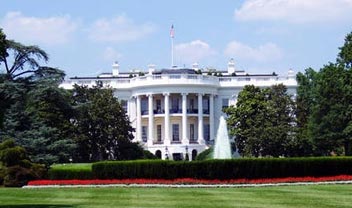- February 13, 2024
Panchali Roychoudhury
Introduction
Many organizations use legacy mainframe in their datacentres to run critical operations. This age-old system tuned and customized to the functional requirements, locked-in to vendors over the years, has been used extensively across business critical operations. Imperative to note that adequate resources to maintain and support these systems are currently scarce. The lack of an integrated testing environment limits flexibility, adds risk and increases test time. Over the forthcoming period, legacy technology is anticipated to encounter problems with maintenance, support, improvement, integration, and user experience.
So how does your company overcome this impediment to growth? The answer is application, information and data migration. Migrating to the cloud presents tremendous scope for improving operational efficiency, reducing IT costs, enhancing performance and taking it to the next level. Modern technology solutions will introduce automation to manual process which are prone to errors. With enhanced reporting, featured UI and rules engine, business can manage data more efficiently and make changes in real time.
The objective is to sunset the legacy system with minimal disruption to the business and transition towards a more robust and scalable information technology platform. This holds immense potential in supporting current as well future business fleets with a cost effective and collaborative approach. Additionally, creating a common technology platform for operational applications can help businesses minimize data redundancy, decrease cost of building, and integrate and maintain new and existing applications.
Latest Blog
Recent Posts
Mitigating key roadblocks with sophisticated solutions

While cloud migration holds significant potential and offers an array of benefits, some of the challenges include:
- Rewriting application architecture for the cloud
- Complexity of the Integration of data, systems and processes
- Compliance and security
- Dealing with hybrid networking setups
- Investing in people and tools needed to migrate successfully
- Training users on the new systems
Solutions and Key Guiding principles –
- Created reference architecture for the legacy application to migrate to a cloud native architecture on AWS
- Compliance & Security, Hybrid connectivity – AWS Accounts/VPCs, including TGW, Direct Connect Gateway, multi region peering, Landing Zones, VPCs AZs Subnets, Security Groups, IAM role.
- Data Security – Encrypted at Rest (AWS KMS), Encrypted at transit (SSL/TLS)
- Real Time Transactions and Streaming, Messaging Integrations– SNS, SQS, MSK, Kinesis
- Adapters – On-Prem to cloud protocol bridge
- Use Serverless components/services as much as possible – Lambda, StepFunctions for workflow
- AWS API Gateway – Lambda functions are invoked through API Gateway
- Computation – Application container in EKS
- ALB – EKS pods are invoked using ALB
- AWS Secret Manager – Store credentials securely
- Database – DynamoDB
- Historical Data – S3
- Disaster Recovery – Active/Active
- Automated Deployment – CodePipeline, other CICD tools Monitoring and Observability – Cloudwatch, Datadog integration














